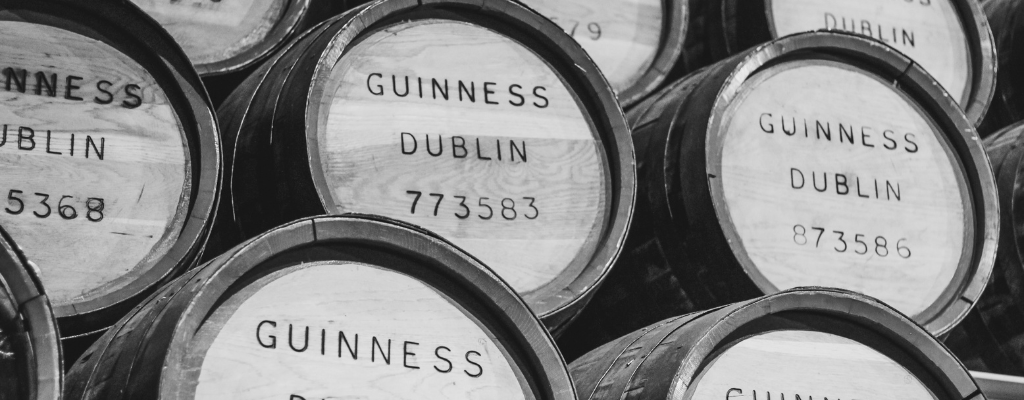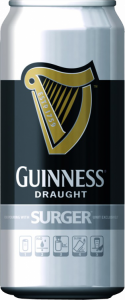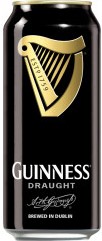Published on September 23, 2022
Man or myth?
You may of heard of Arthur Guinness. He was not a myth, but very real with an undeniable legacy.
As the first in a long line of Guinness Master Brewers, Arthur Guinness most likely developed his passion for brewing from his father, Richard, who was said to be in charge of brewing in the Celbridge estate of Dr. Arthur Price, later Archbishop of Cashel’. On 31st December 1759, Arthur signed a nine thousand year lease on St. James’s Gate Brewery in Dublin. It was that belief and vision that has continued to be passed down from generation to generation. His entrepreneurial spirit, his pragmatic and innovative mind made him a fighter. The terms of the lease granted him use of a limited supply of water, and when Dublin Corporation tried to cut off the supply due to overuse, it’s written that ‘Mr Guinness violently rushed upon them wrenching a pickaxe from one and declaring with very much improper language, that they should not proceed’.
Although the harp can be found on the Irish passport and on Irish coins as Ireland’s official national emblem, it was Guinness who staked the claim on the harp first. By the 1860’s, Guinness stout was available all over the world and the Guinness family were in search of a symbol that would firmly identify Guinness as an Irish product. The design stems from the 15th century “Brian Boru” harp, a symbol that reflects all that is great about Irish culture, heritage and arts. The Guinness Harp has evolved over the years, the number of strings vary and the design has become more minimal since first making its appearance on a Guinness bottle label in 1862. A designer called Gerry Barney re-designed the Harp in 1968, and again in 2005 to what you see today.
The legacy runs much deeper than just creating delicious brews. Arthur felt it was important to give back to the city and start a legacy of philanthropy that has been passed on from father to son for seven generations, and still lives on today. In the 1800s, the Guinness family contributed to the restoration of St. Patricks Cathedral in Dublin. St. Stephen’s Green, a private green reserved for the city’s wealthiest residents, was purchased by Arthur Edward Guinness and donated to the City so the green space could be enjoyed by everyone within in the area. The Guinness Trust in London and the Iveagh Trust in Dublin was established in 1890 by Edward Cecil Guinness, 1st Lord Iveagh, to help underprivileged communities living in the inner city. In Dublin, it has supported families through the construction of well-built flats, a hostel, an in-door clothes and food market as well as a Play Centre.
A level of employee welfare was also pioneered by Guinness, leading the way in Ireland towards better relationships between employees and employers. The brewery paid in general 10% higher than the average industrial wage in Dublin at the time and in 1870, a medical centre was established to provide free healthcare and not just to employees but to their families as well. They also began to introduce employee benefits such as paid annual holidays, free meals, annual excursions and a beer allowance and in the 1880s, introduced a pension scheme for all employees. Arthur understood the importance of valuing his employees, leading to a happier working environment and in turn, better beer created with passion. He also understood the value of supporting the community around him and it still remains a big focus in Guinness today. From initiatives such as Water of Life, providing safe drinking water to people across the continent of Africa, to Raising the Bar, aimed at supporting hospitality men and women throughout the Covid-19 crisis, Arthur’ legacy of philanthropic tradition still lives and breathes within the walls of St. James’s Gate and beyond, and will for many more years to come.
Guinness, with its iconic black liquid, has had a special place in the hearts of African consumers for almost two centuries. The first recorded shipment of Guinness to the African continent arrived in Sierra Leone in 1827. Some 135 years later in 1962 the first Guinness brewery outside of Ireland and the United Kingdom followed, the Guinness Brewery at Ikeja, Nigeria. Today, Guinness has operations across sub-Saharan Africa that are home to a number of Africa-first innovations.
Rich and creamy. Distinctive, Ruby Red colour. Velvety in its finish. Perfect balance of bitter and sweet with malt and roast characters
The Surger works using ultra-sonic technology. At the touch of a button, the Surger sends an ultra-sonic pulse through the pint glass, releasing the gases in the beer, which then settles into the “velvet” pint with creamy head.
This sleek bar tap is an easy-to-use, plug and pour solution packed full of the latest technology, bringing you a freshly poured, deliciously smooth Draught Guinness with a perfectly domed head and beautiful taste at all times.
Share this article
About the author

Chloe Lewis
Chloe looks after all copywriting and proof-reading for Drink Warehouse UK, working with the Marketing team to deliver educational content to all our customers. She has spent many years in the hospitality sector, moving from behind the bar to now helping venues to stock their own. You can find more from Chloe about beer, cider, spirits, wine, non-alcoholic, soft drinks and RTDs all over our blogs, website, social media and Set The Bar magazine.
Click here to receive the latest and greatest promotions, new products, competitions and so much more straight to your inbox.









